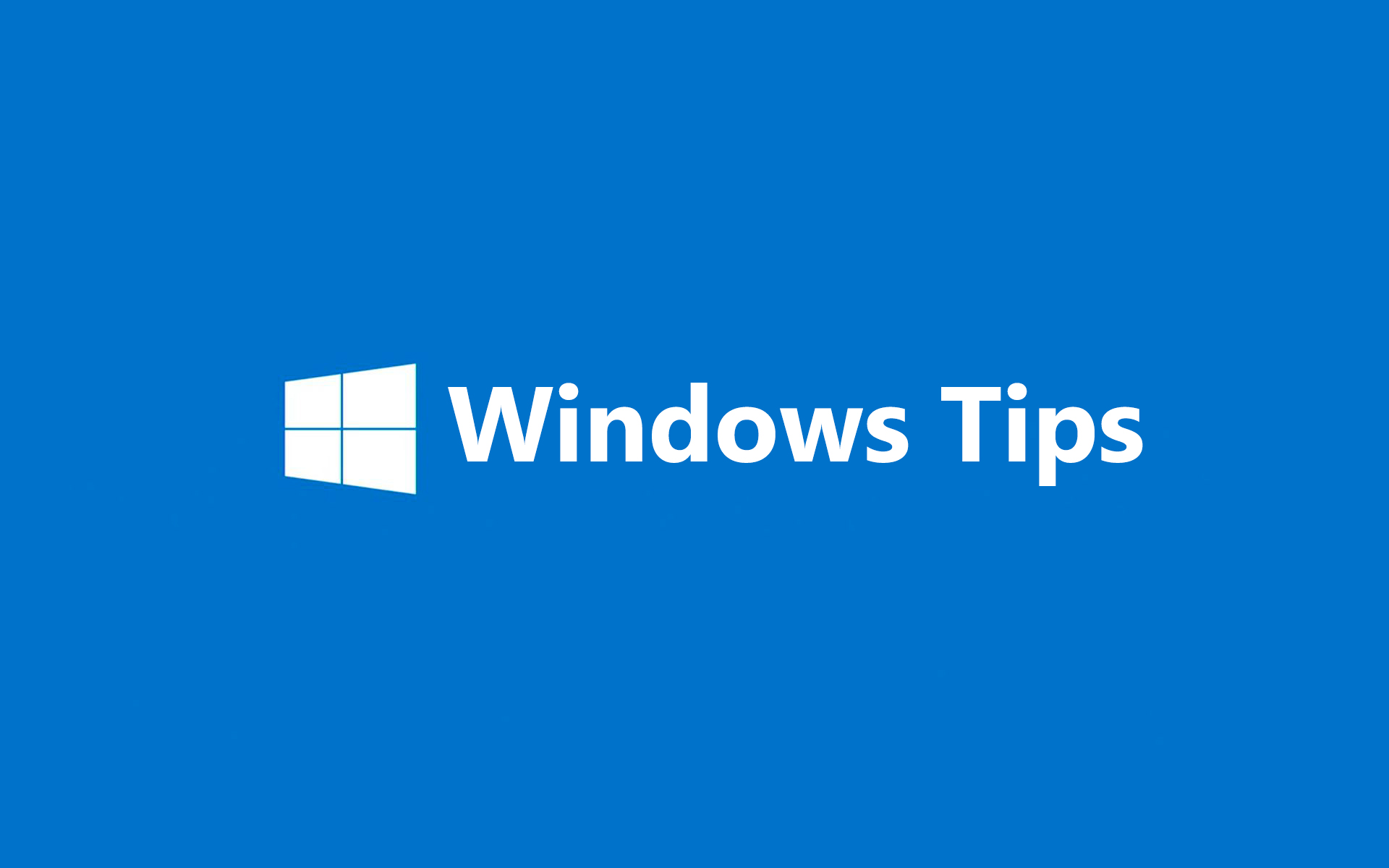
Cum cream shortcut-uri pe Desktop pentru Advanced Power Settings, Add/Remove Programs, Registry Editor, Windows Security Center, etc …
Cum cream shortcut-uri pe Desktop pentru Advanced Power Settings, Add/Remove Programs, Registry Editor, Windows Security Center, etc …

Windows 7 has a very simple design and most tooland options FROM Windows 7 can be accessed from Control Panel or directly from Start Menu > “Search programs and files” (if we know the name of the application or option). Another access option to Windows 7 settings and at advanced options, it is Godmode. A shortcut that opens a true “Command center” of the operating system. (Godmode details)
The most handy version for a user who frequently uses certain options and tools of Windows, is shortcutthe on Desktop (Spatiul de Lucru), Start Menu or on TaskBar.
How Cream Shortcuts on Desktop for options and/or Tools of Windows 7.
If we want to create a shortcut de Desktop to open us Advanced Power Settings, Add/Remove Programs, Windows Registry Editor, Windows Security Center or other panel of choice / orders, first of all we will have to know “command line” / “target-ul” to open the panel we wanted and then follow some simple steps to create the shortcut on desktop.
1. Let's say we want to create a shortcut for Advanced Power Settings. Option that helps us We administer energy resources but laptop-urlui / notebook-ului pentru a prelungi perioada de viata a bateriei. Pentru a face acest lucuru, Click-right on the desktop > “New” > “Shortcut“.
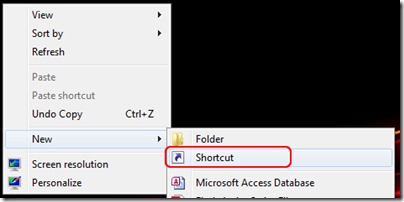
2. In the field underneath “Type the location of the item:” WRITE “control powercfg.cpl,,1” Then click on “Next“.
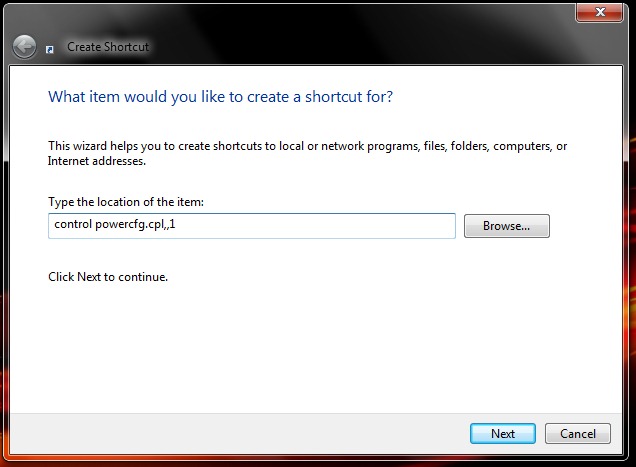
3. In the next field I give an Shortcut nameto the Power Settings) and click on the button “Finish“.
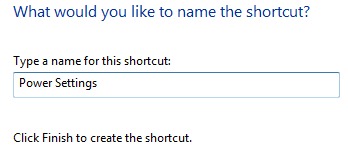
On the desktop will save a new shortcut that will lead us directly to the advanced settings of energy plan.
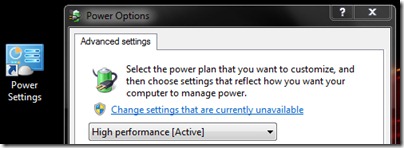
In the same way we can create shortcuts for Windows Registry Editor, Add/Remove Programs (acces la rapid pentru dezinstalare de programe), Windows Security Center, Windows Event Viewer or to another Windows options and settings panel. All we have to do is like at “Type the location of the item” Let's cross the path of the command / execution that opens the option panel desired by us.
Windows Registry Editor : regedit.exe
Windows Security Center: wscui.cpl
System Information: msinfo32.exe
Windows Event Viewer: eventvwr.exe
Performance Monitor: perfmon.exe
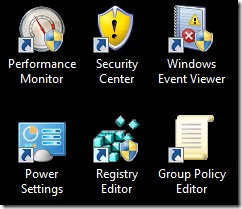
A list in which you will find enough shortcuts to create shortcuts, is at MS-DOS – Windows Command Prompt (Windows 95, 98, XP, Vista & 7).
This tutorial is applicable on operating systems Microsoft Windows XP, Windows Vista si Windows 7.
Stealth Settings – Create Custom Control Panel Shortcuts in Windows 7.
Cum cream shortcut-uri pe Desktop pentru Advanced Power Settings, Add/Remove Programs, Registry Editor, Windows Security Center, etc …
What’s New
About Stealth L.P.
Founder and editor Stealth Settings, din 2006 pana in prezent. Experienta pe sistemele de operare Linux (in special CentOS), Mac OS X , Windows XP > Windows 10 si WordPress (CMS).
View all posts by Stealth L.P.You may also be interested in...

